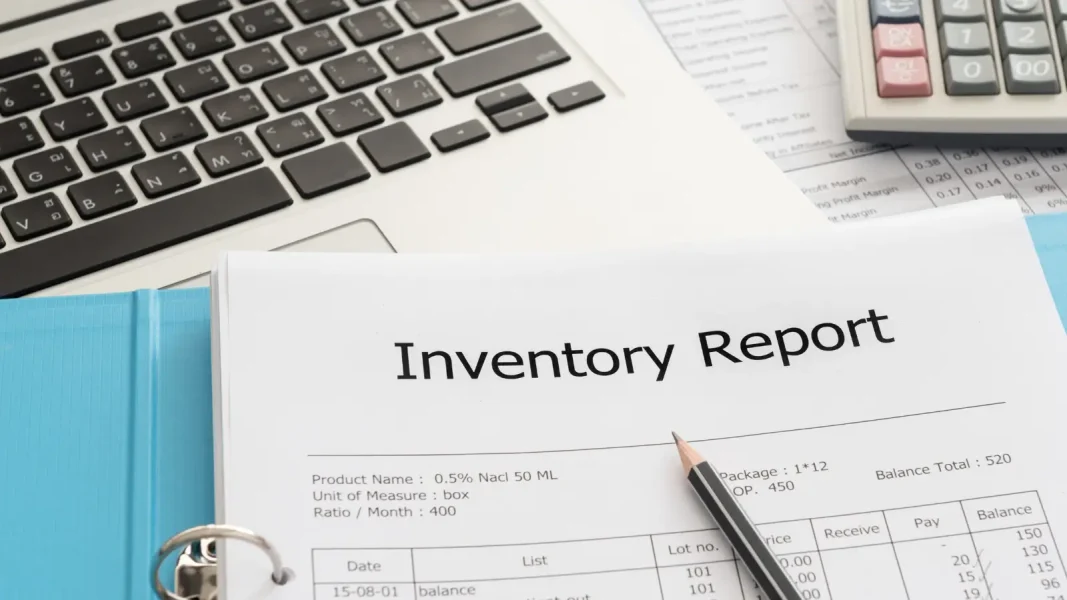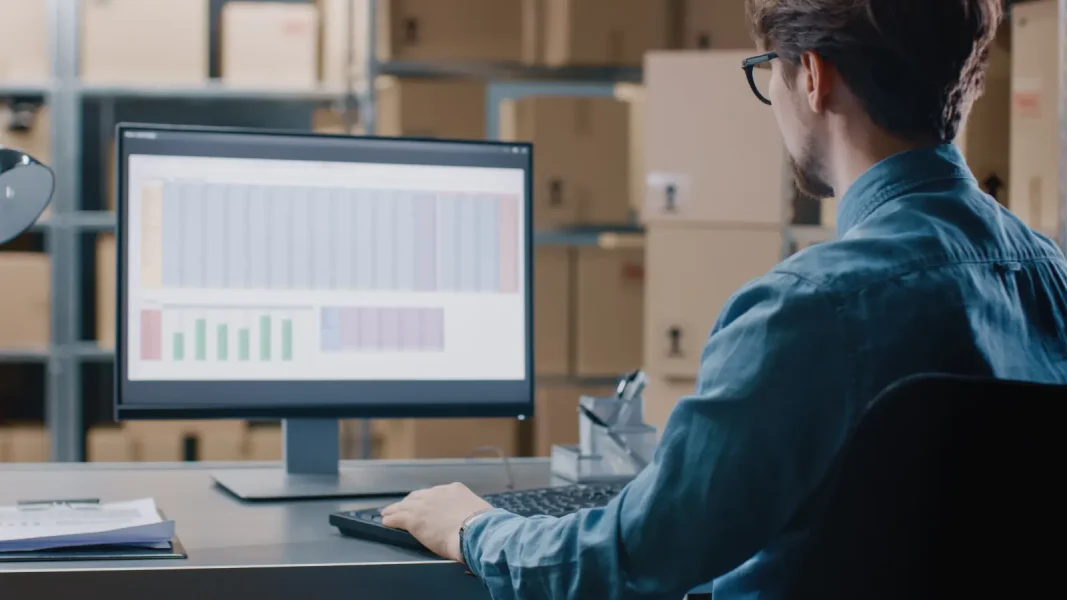In the distribution sector, the promotion is a lever for attracting consumers to stores and building loyalty among existing customers.
For the supply chain, however, promotional activity is synonymous with disruption.
Variations in sales volumes, cannibalization, impacts on distribution flows – promotion “artificially” modifies consumer demand consumer demand and disrupts the usual forecasting and supply processes.
What are the concrete impact does promotional activity have on the supply chain?
And, above all, how to integrate them with a supply chain solution to mitigate the impact on the supply chain?
Distorted sales histories
Distorted consumer demand for promoted products
The first impact of promotions on the supply chain concerns sales histories.
Normally, forecasters base their forecasts on “standard” demand. By standard demand, we mean consumer demand corrected for events that cause it to vary significantly from its trajectory, such as out-of-stock situations.
Promotional activity is another factor that distorts consumer demand. When the lever is activated, demand for the products on promotion surges, with impulse buying. Once the promotion is over, on the other hand, demand contracts because consumers have stocked up, reverted to their usual purchasing habits, etc.
Promotions lead to significant variations in sales compared with usual volumes. As a result, it “pollutes” sales histories. Without correction, you run the risk of overestimating demand for promotional products, with cascading effects on the supply chain: excess stock, additional costs, lower profitability, etc.
To adjust forecasts, we therefore need to calculate the promotion effect to determine what demand would have been over this period had the promotion not taken place.
The use of a specialized supply chain solution facilitates the correction of sales histories. The tool automatically calculates the effect of the promotion on observed sales, then sales adjusted for promotions. These corrected sales guarantee a much more accurate standard forecast (excluding promotions).
For example, our supply chain solution Optimix XFR, for example, excludes weeks impacted by promotional activity from the forecast, in order to make the forecast more reliable.
Cannibalization of substitutable products
In addition to the impact on discounted products, promotional activity also has effects on so-called substitutable products. This is what we call cannibalization.
For example, you run a promotion on 12-packs of brand A plain yoghurt. You’ll naturally increase sales of this product. But, mechanically, sales of similar B and C brand products will fall. The promotion will also have an impact on all products in the category
From this point of view too, promotion has an impact on forecasting. It is therefore essential to correct for cannibalization effects on substitutable products, otherwise your forecasts will be distorted.
To achieve a high level of precisionyou need to take the cannibalization phenomenon into account.
A supply chain solution helps you :
- Identify products impacted by the promotion
- Automatically correct the sales history of these items
- Consider the impact on all products in the category, both in terms of historical correction and forecasting.
Halo effects on other product categories
In many cases, the products impacted by promotional activity may be products belonging to a different category. Even if they are not directly involved in the promotion, some halo effects can be observed.
For example, a promotion on printers will automatically impact sales of the associated consumables. The same observations can be detected between Barbecues, accessories, charcoal, …
Once again, this halo effect must be taken into account to ensure the reliability of your forecasts.
With a powerful AI-based supply chain tool, advanced modeling will enable you to recalculate forecasts for all products impacted by price changes in one or more products.
A distribution flow turned upside down by promotion
The impact of promotion on forecast volumes
In retail chains, it’s usually marketing that plans and manages promotions. However, the impact on the supply chain is such that category managers and logisticians are legitimately consulted. In supply chain terms, the aim is to anticipate the effects of the promotion as accurately as possible by fine-tuning the forecast.
The first question concerns the volume of volume of orders to ensure promotional activity.
The impact of the promotion will not be the same from one store to another. Ideally, impacts are calculated on the basis of past events with similar promotional mechanics. Since promotional histories do not have such similarities, cascade mechanisms must be considered.
Impact on orders and inventory
Promotions also have an on order and inventory management.
In the event of promotional activity on a product, the volume of orders is much higher than usual. For the distributor, promotion generates extra business.
Promotions are often associated with dedicated products, cannibalizing the products at the back of the aisle. They give rise to dedicated production processes. It is therefore essential to anticipate promotional orders. Retailers commit several weeks in advance to allow the supplier to smooth out peak activity. Given the volumes expected, there is a phenomenon of advance buying.
If promotional purchases are anticipated, it becomes essential to differentiate between promotional stocks and WIP, so as not to disrupt the product ordering process at the back of the shelf.
At the end of a promotion, residual stock often has to be merged with back-of-shelf stock to avoid overstocking.
To manage promotional items, retailers can set up a separate promotional circuit using overflow stock.
In other words, promotion generally involves :
- Dedicated order management,
- Anticipated order lead times,
- A separate logistics circuit,
- Dedicated stock reservations,
- Specific forecasting methods
The flexibility of the Optimix XFR solution provides an appropriate response to promotional supply processes.
In general, the promotional process is collaborative. In particular, it impacts stores, forecasters and buyers. Flows can be dedicated, stocks and work-in-progress can be positioned on specific positions, and lead times are not the same. At the end of the promotion, any stocks and work-in-progress are pooled.
The solution supports all these specificities, and facilitates collaboration between all those involved in the promotion.
Include promotions in the forecast
Promotional activities require extensive correction of historical data and more complex forecasting methods. AI simplifies the correction phases. Normal demand is no longer sought after. Good modeling now makes it possible to calculate a forecast in a global context.
Traditional methods were based on two versions of the forecast :
- A non-promotional forecast based on corrected sales history
- A promotional forecast based on the history of similar promotional activities
However, in reality, promotional and non-promotional stocks are linked. Products can move from one to the other. In terms of transport too, for logistical cost reasons, we may prefer to decompartmentalize to save money.
Depending on requirements, it is therefore useful for the solution to be able to merge promotional and non-promotional forecasts in order to forecast global logistical impacts and help the retailer make the right decisions.
Depending on the settings, new technologies can be used to pool forecasting components. A single version is calculated from the context of the category or product universe.
With a supply chain solution like Optimix XFR, you can choose either forecasting “mode” according to your needs. In addition, the solution calculates the impact in terms of stock projections and deliveries, for all nodes in the supply chain.
----------------------------
In conclusion, it’s clear that promotions have a significant impact on companies’ supply chains. They can generate a sudden surge in demand, raising major challenges in terms of inventory management, production capacity and logistics.
To maintain supply chain efficiency, it is essential that supply chain managers work closely with marketing and sales teams to anticipate promotions and plan accordingly.
It should also be noted that promotions should not be seen as an independent strategy. They must be integrated into a global approach to supply chain management, aligned with the company’s business objectives. Supply chain managers must continue to look for ways to improve operational efficiency, reduce costs and minimize delays, while taking into account the impact of promotions.
Data analysis plays a crucial role in understanding the impact of promotions on the supply chain. Supply chain managers need to invest in advanced analytical tools to collect, track and analyze promotion-related data, in order to gain valuable insights into demand trends, customer preferences and supplier performance. This in-depth analysis can help you make informed decisions to optimize supply chain management and maximize the benefits of promotions.
Would you like to find out more about these topics or explore strategies that can optimize your own supply chain?
We invite you to contact us. Our team of passionate and experienced retail experts is ready to answer all your questions and share their knowledge.






